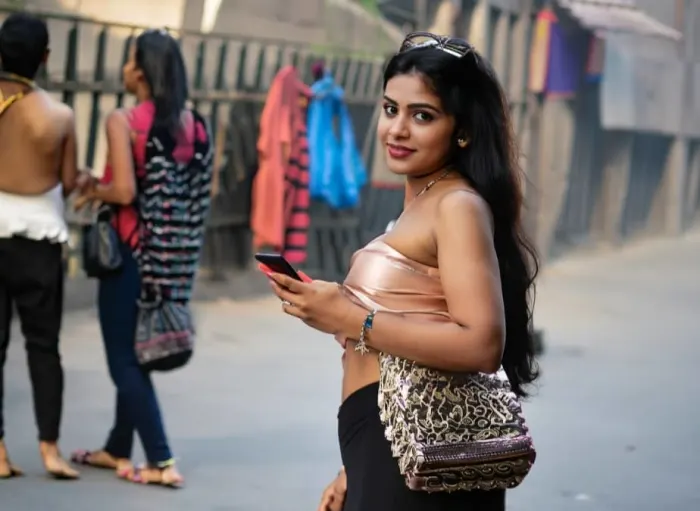
WEIGHT: 52 kg
Breast: E
One HOUR:150$
NIGHT: +30$
Services: Cross Dressing, Fetish, Travel Companion, Spanking (giving), BDSM
The Indian artist Chittaprosad Bhattacharya — is best known for his visual reportages on the Bengal famine in — This is how they circulated among intellectuals and a general readership. Chittaprosad can be situated within a socially responsive practice that is distinctive for one line of development characteristic of his native Bengal, notably represented by artists such as Zainul Abedin — and Somnath Hore — His dissociation from the CPI in , along with the general atmosphere in postcolonial India, with its concerns for signatures of national-modern art, left little room for a former party artist.
This, I will argue, instigated him to build on a network beyond the national frame. The group of individuals from Prague that became aware of and interested in Chittaprosad around that time actively supported his career from this point on. This is how his work increasingly circulated within a transnational network that was marked by solidarity with a socialist outlook and paired with a curiosity for traditional and folk arts.

These very personal connections exceeded his lifetime, and most of the documents, book illustrations, poems, and artworks related to this have not yet been studied or published.
This article will reflect on these connections and focus on individuals, such as the assistant to the trade commissioner of Czechoslovakia in Bombay today Mumbai , with whose help and friendship Chittaprosad was able to establish his puppet theater in the s in the suburbs of Bombay.

In an effort to connect with the topic of this journal, it will then elucidate to what extent the circulation and the reception in Czechoslovakia of the works and ideals of the artist Chittaprosad reverberated on his artistic subjectivity in relation to frameworks such as socially committed art, independence and freedom, modernism, and folk traditions. Chittaprosad witnessed tens of thousands of Burmese refugees come fleeing across the Bengal border, and he began to paint anti-fascist paintings and posters, which he showed at villages in the countryside along the border areas of India and Burma.


































